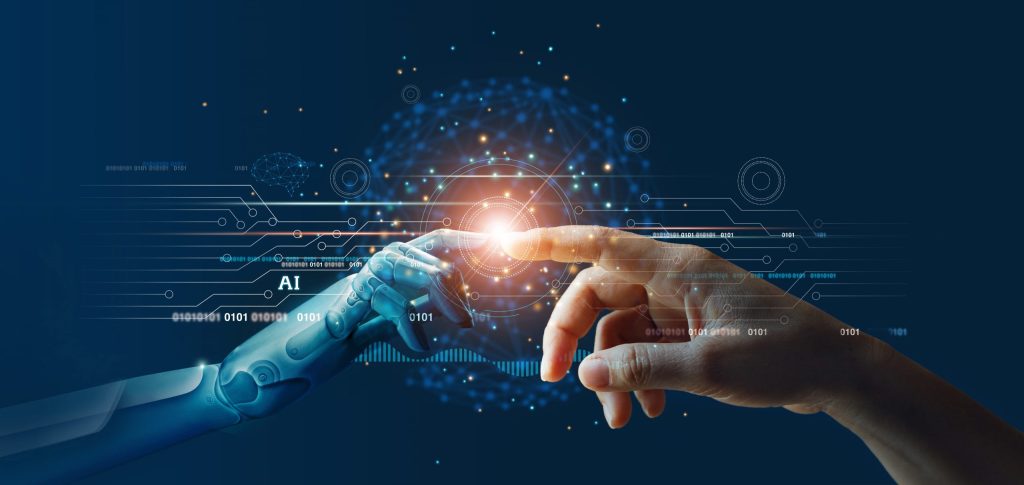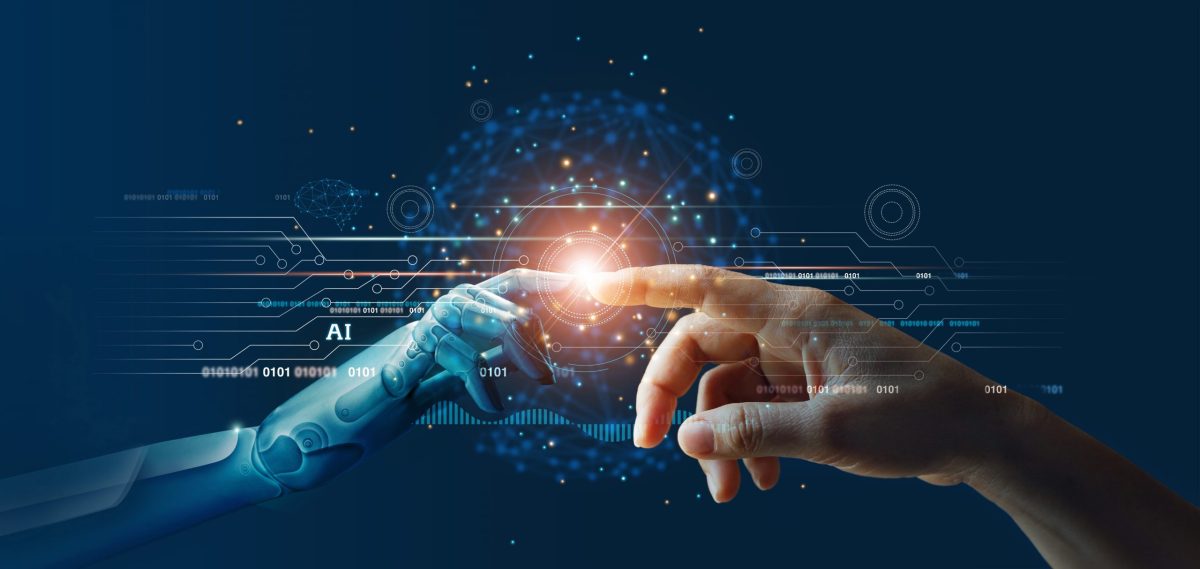Generative AI, to be more specific ChatGPT has become a key tool in my learning journey. I do not like to use ChatGPT as a way to do the work for me but rather as an instrument to make learning more fun and productive.

Some of the advantages I have found is the ability of this tool to turn complex concepts into more digestible and easy to understand explanations. Even recently when learning about UML diagrams I was a bit confused what exactly an object or class was and how they differed. instead of googling and spending time on finding a trustworthy source I could easily find the answer through ChatGPT. Of course there are pitfall to this, if you ask nuanced questions or vague ones the tool can give you a different answer than you actually need without knowing it. So it is important to ensure the questions you ask are clear and something you deem feasible to be asked to such a tool. As generative AI evolves even further, a time will come where it can smoothly ask questions back and ensure it understands the question completely which can reduce the risk of misinformation further.
Furthermore, when I am learning about a new software such as Notion or R, ChatGPT is the first platform I go to for simple functional questions such as “How do I create a progress bar”, or “How do you insert widgets”. This has always turned out correct and an easy way to find a solution.
Even existing platforms such as the famous Duolingo could gain a lot of value and productivity gains when making use of Generative AI improving the language learning experience for its users. Think of things like basic practice conversations which can be continued with the partial information that a learning student can provide. This is just one example, generative AI is not only limited to text-based information. With generated pictures and videos on the rise learning can be improved even further.

